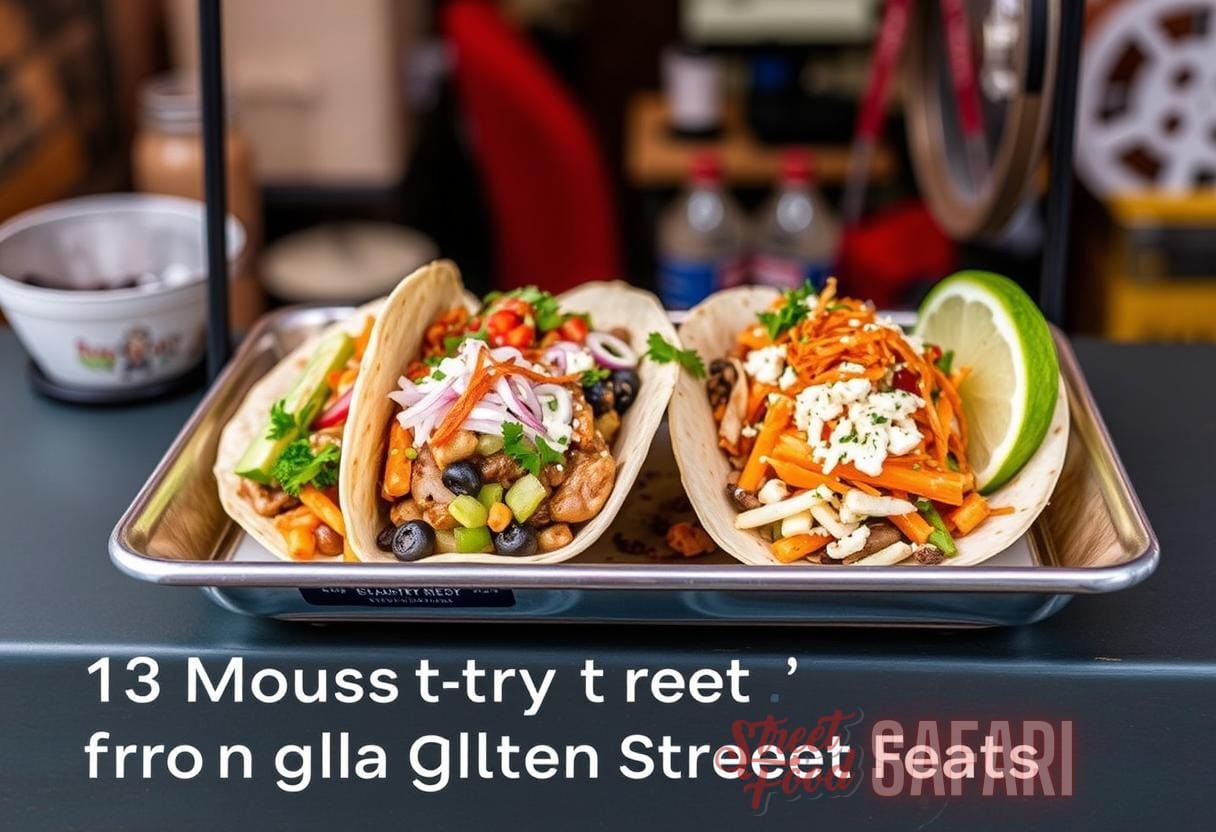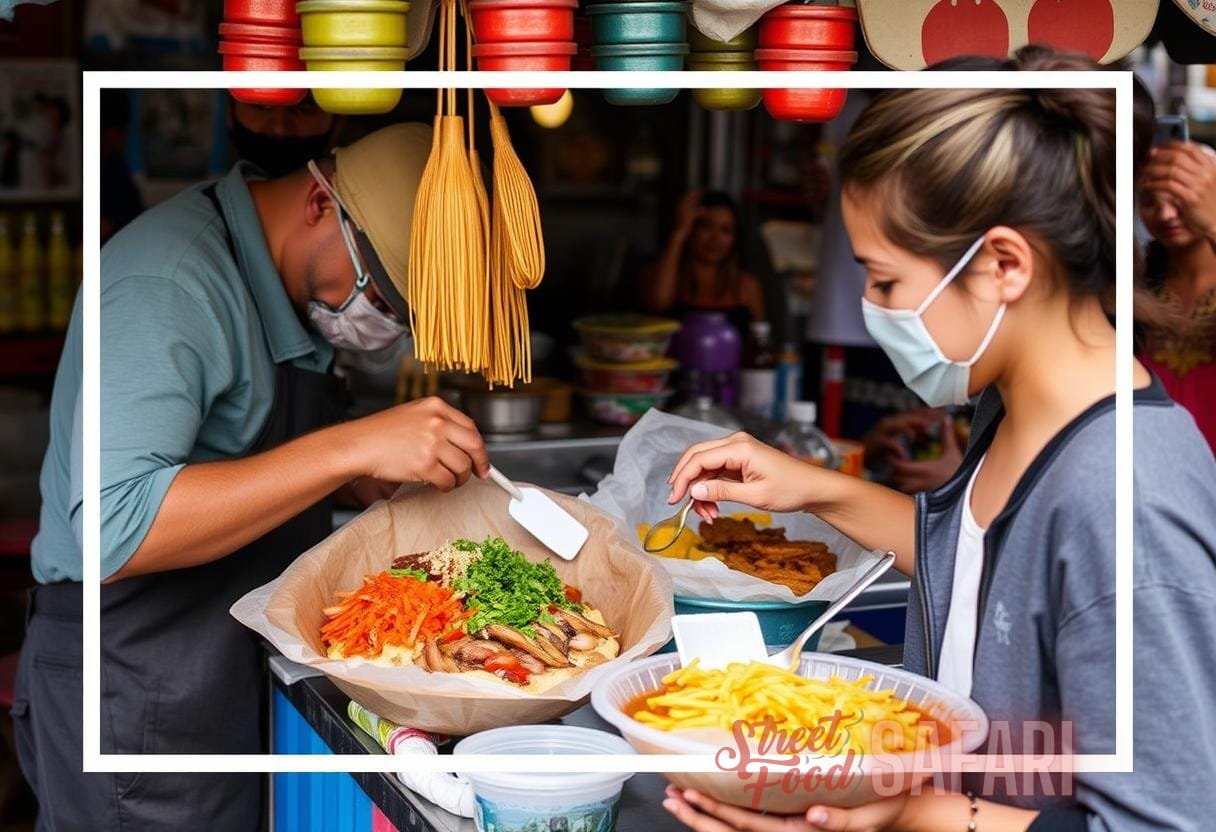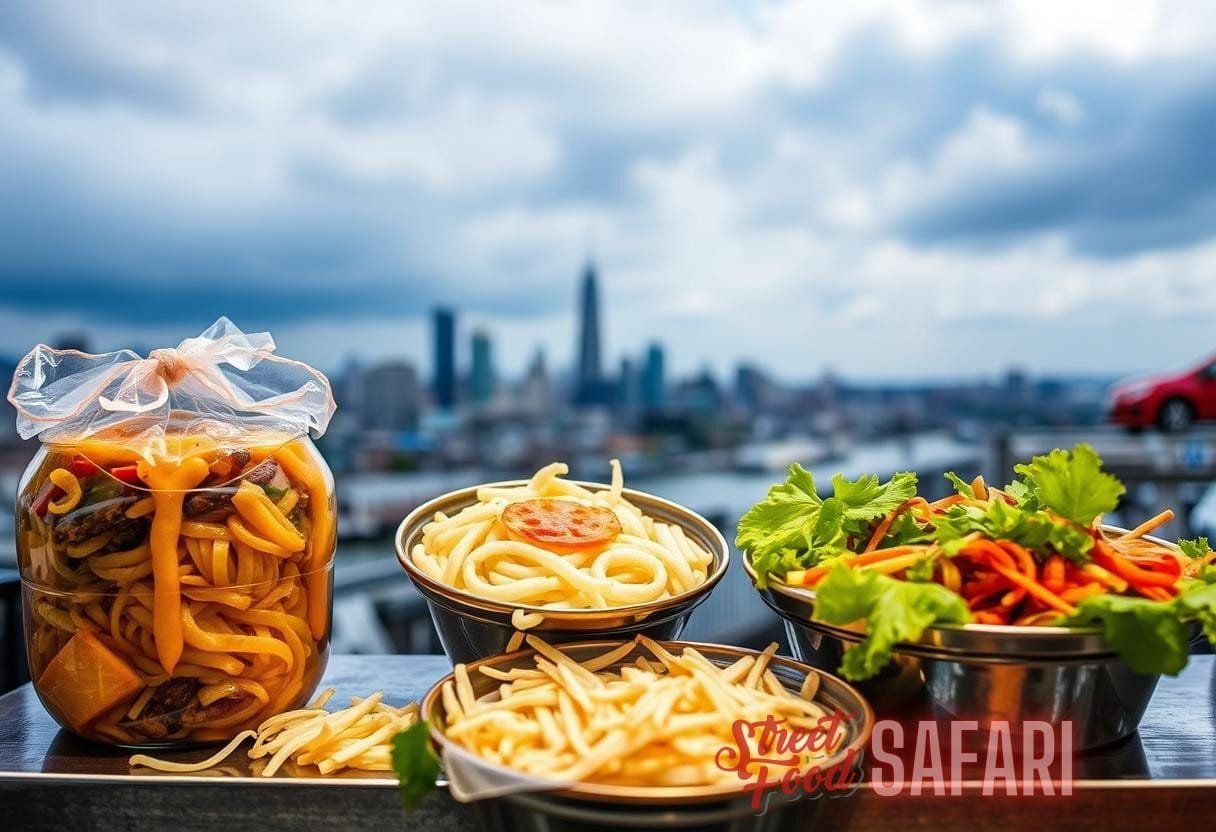Street Food Spectrum: An Analytical Journey Through Culinary Innovation and Cultural Narratives
The term culinary street eats encapsulates a vibrant world of flavors, aromas, and stories waiting for eager food lovers. Across the globe, street food stands and carts serve up not just meals, but a rich tapestry of cultural narratives, historical references, and culinary innovations.
The Historical Roots of Street Food
Street food is not merely a modern phenomenon; its origins can be traced back to ancient times. Historical records indicate that culinary street eats have been a part of human society for over 2,000 years. In Ancient Rome, street vendors sold sausages, and in the busy markets of the Middle Ages, merchants would serve meals to travelers. These early instances of street food set the precedents for what we now celebrate across busy urban landscapes.
In many cultures, this food serves not only to satisfy hunger but also to provide a sense of community and accessibility. According to Food and Agriculture Organization (FAO), street food plays a crucial role in food security and nutrition in urban areas where formal dining may not always be affordable or available. More than 2.5 billion people globally consume street food daily, making it an integral aspect of societies worldwide.
The Diversity of Culinary Street Eats
The beauty of culinary street eats lies in their diversity. Each city offers something unique, shaped by local ingredients, cultures, and cooking methods.
- Asia: Street food in countries like Thailand and Vietnam is famed for its use of fresh herbs and complex flavors. Dishes like Pho and Pad Thai can be found at bustling night markets throughout Southeast Asia.
- Latin America: Tacos from Mexico and Arepas from Colombia reflect the rich agricultural heritage and historical influences. The corn-based dishes symbolize not just sustenance but cultural pride.
- Africa: Countries like Nigeria and Ghana boast street foods such as Suya and Kelewele that incorporate local spices and community traditions.
- Europe: Street vendors sell everything from crepes in France to bratwurst in Germany, integrating centuries of culinary tradition with modern innovation.
The Role of Street Food in Cultural Narratives
Every dish tells a story. When it comes to culinary street eats, these stories are often intertwined with historical, social, and personal experiences. For instance, in Indonesia, the infamous street dish Satay not only fills the stomach but fills the air with cultural significance; it symbolizes hospitality and communal gatherings.
Street food scenes act as cultural crossroads where traditional recipes are often adapted with modern twists. Food trucks in New York City offer gourmet takes on Chinese dumplings or Mexican tacos, reflecting the way globalization influences local cuisines while preserving their roots.
The Mechanics of Innovation in Street Food
Modern street food is continually evolving, driven by trends, technology, and consumer demands. Chefs and food entrepreneurs are creatively experimenting, pairing traditional recipes with innovation.

- Fusion Cuisine: Latin-Asian fusion, such as Korean BBQ tacos, blends diverse culinary traditions and attracts adventurous eaters.
- Health Consciousness: Many street vendors are adapting their menus to include organic ingredients, plant-based options, and health-conscious alternatives.
- Use of Technology: Social media plays a pivotal role in popularizing street food. Vendors use platforms like Instagram to showcase visually appealing dishes and create a following.
Case Studies of Iconic Street Foods
To further comprehend the significance of culinary street eats, we can explore specific case studies of iconic street food items and their impact.
1. Tacos Al Pastor – Mexico
A beloved street food taco that reflects the Lebanese influence on Mexican culture, Tacos Al Pastor showcases pork marinated with spices and served with pineapple. The dish has become a symbol of Mexico City’s vibrant street food scene, with vendors perfecting their techniques over generations.
2. Banh Mi – Vietnam
Combining French baguette and Vietnamese ingredients, Banh Mi represents a fusion of colonial history and local adaptation. Its rise in popularity globally highlights how traditional street food can achieve worldwide recognition, with vendors creating unique takes that resonate with local tastes.
The Economics of Street Food
The economic implications of culinary street eats are substantial. The street food industry provides livelihoods for millions, nurturing entrepreneurship in lower-income communities. According to a World Bank report, street vendors contribute significantly to urban economies, generating jobs and supporting local suppliers.
A 2020 study revealed that over 80% of street food vendors in Mumbai are self-employed, providing affordable meals to the city’s impoverished population. Furthermore, these vendors often have the flexibility to adapt their business models quickly, allowing them to respond effectively to market demands.
Sustainability in Street Food Innovation
As the world becomes increasingly aware of environmental issues, street food is also adapting to embrace sustainability. Many vendors are focusing on eco-friendly practices to minimize waste and promote local sourcing.

- Local Sourcing: Working with local farmers not only reduces carbon footprints but supports the community’s economy.
- Reducing Food Waste: Vendor initiatives to use up produce before spoilage or donating leftovers are becoming more prevalent.
- Plastic Alternatives: Vendors are gradually shifting away from single-use plastics, opting for compostable containers.
Challenges Faced by Street Food Vendors
Despite their vital role in urban ecosystems, street food vendors face unique challenges. Regulatory hurdles, health and safety concerns, and seasonal variability often threaten their livelihood.
In many cities, street food regulations can be restrictive. This can result in struggling vendors facing fines or even displacement. For example, cities like Los Angeles have strict permitting processes and health inspections that can act as barriers to entry.
Additionally, health concerns regarding food safety are paramount. Vendors need to ensure they follow proper hygiene protocols to avoid foodborne illnesses. This is crucial not just for consumer safety but for the survival of their businesses in a competitive market.
Future Trends in Culinary Street Eats
The future of culinary street eats is bright as global food trends continue to evolve. Here are some anticipated trends that may shape the industry:
- Plant-Based Offerings: An increasing number of food trucks and stands will focus on vegetarian and vegan menus catering to health-conscious consumers.
- Experiential Dining: Unique dining experiences, such as themed food markets and interactive cooking demonstrations, will attract more customers.
- Social Impact Initiatives: Vendors may increasingly engage in social issues, partnering with local charities and initiatives supporting underprivileged communities.
Conclusion
Reflecting the complexities of daily life and heritage, culinary street eats represent much more than mere meals. As they merge tradition with innovation, street food emerges as an essential part of cultural expression and economic stability.
Celebrating street food fosters community connections, nurtures creativity, and promotes cultural heritage. In doing so, it elevates the everyday experience of eating into a powerful narrative of human creativity and resilience.
To delve deeper into the world of culinary street eats, check out our articles on The Best Street Food Around the World and How Street Food Influences Local Economies.


